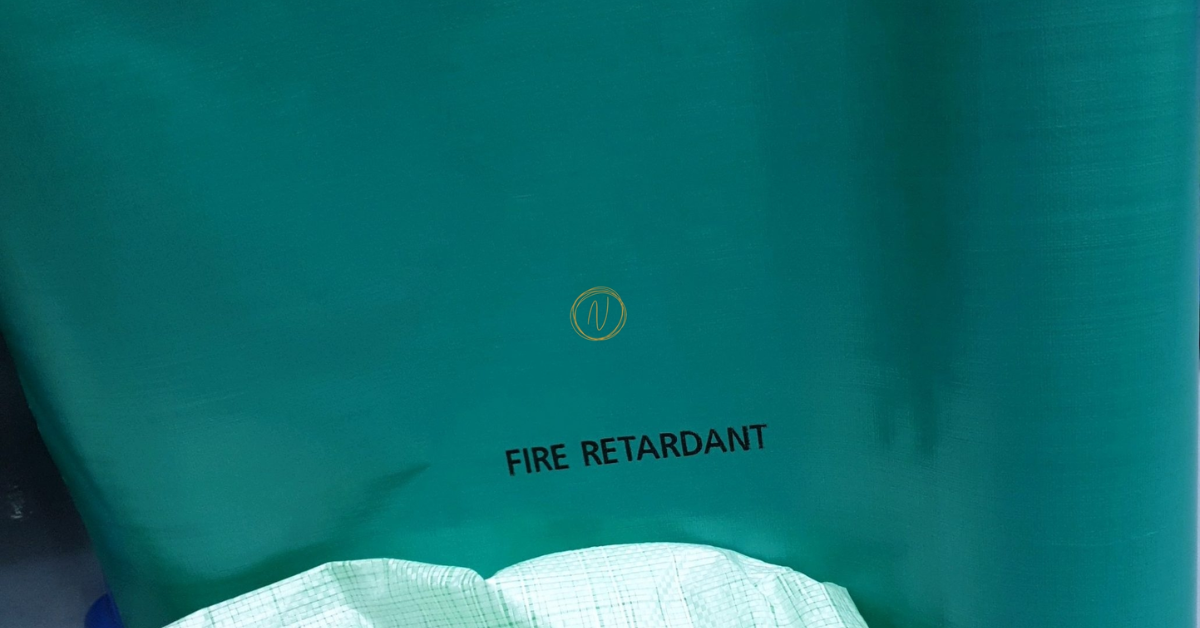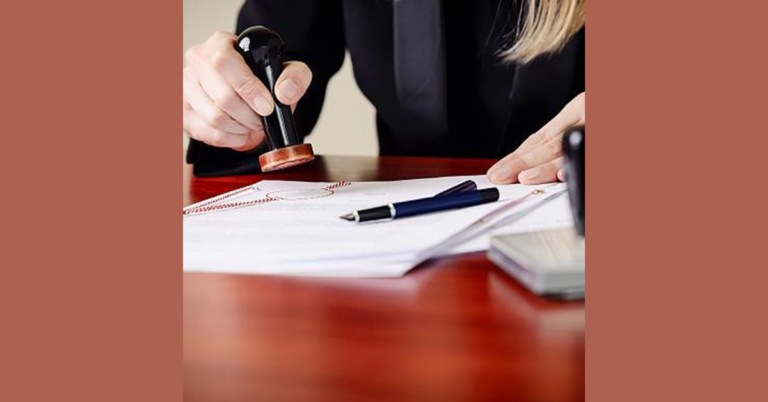Fire PE: The Role of a Fire Protection Engineer in Singapore’s Built Environment
When it comes to designing safe buildings in Singapore, engaging a Fire PE—short for Fire Protection Engineer or Professional Engineer (Fire Safety)—is not just important, it’s often a regulatory requirement. A Fire PE ensures that a development meets the Singapore Fire Code (SCDF) and other relevant safety standards, helping to prevent loss of life, property damage, and legal non-compliance.
Whether you are constructing a new building, renovating an industrial facility, or applying for FSSD (Fire Safety and Shelter Department) approval, working with a certified Fire PE is critical for project success.
What Is a Fire PE?
A Fire PE is a Professional Engineer registered with the Professional Engineers Board (PEB) Singapore, specializing in fire safety engineering. They are authorized to design, review, and endorse fire safety plans for new and existing buildings.
Only a registered Fire PE can submit fire safety plans to the SCDF and sign off on performance-based designs or Alternative Solutions that deviate from the prescriptive Fire Code.
Responsibilities of a Fire PE in Singapore
1. Fire Safety Plan Submission
A Fire PE prepares and submits the fire safety plans to SCDF for approval. This includes layout drawings, fire escape routes, alarm system designs, sprinkler layouts, and emergency response features.
2. Performance-Based Design
For buildings that cannot follow standard prescriptive codes (e.g., due to unusual layout or height), the Fire PE develops Alternative Solutions using engineering analysis and fire modelling.
3. Site Inspections and Certifications
Before TOP (Temporary Occupation Permit) or CSC (Certificate of Statutory Completion), the Fire PE will conduct inspections and submit Certificates of Supervision to ensure that fire safety installations match approved plans.
4. Fire Safety Consultancy
Fire PEs provide guidance on fire-resistant materials, compartmentation, evacuation strategy, and integration of active/passive systems such as sprinklers, smoke detectors, emergency lights, and smoke extraction systems.
5. Coordination with Authorities
The Fire PE liaises directly with SCDF, BCA, and QPs (Qualified Persons) to ensure smooth regulatory compliance and project approval timelines.
When Do You Need a Fire PE?
-
New construction of commercial, industrial, or mixed-use buildings
-
Additions and alterations (A&A) involving fire-rated walls or exits
-
Changes in building use (e.g., converting factory to office)
-
Projects using performance-based design methods
-
Submission of fire safety plans to SCDF for approval
-
Application for Fire Certificate or renewal
Key Fire Safety Elements Handled by a Fire PE
-
Fire-rated doors, walls, and ceilings
-
Escape staircases and emergency exits
-
Fire hydrant and hose reel systems
-
Automatic sprinkler systems and fire alarms
-
Smoke detection and extraction systems
-
Emergency lighting and signage
-
Fire lifts and pressurization systems
Why a Fire PE Is Critical for Your Project
Regulatory Compliance
Without a Fire PE, your fire safety plans cannot be submitted or approved by SCDF—leading to project delays and penalties.
Risk Management
Professional fire engineering reduces the risk of fire outbreaks, improves evacuation effectiveness, and protects both life and property.
Integration of Design and Safety
A Fire PE balances architectural design with fire protection requirements, ensuring functional and compliant layouts.
Approval Efficiency
With experience and established authority contacts, Fire PEs streamline the approval process, reducing rejections and resubmissions.
Frequently Asked Questions (FAQ)
Q1: Is it mandatory to engage a Fire PE in Singapore?
A1: Yes. For most building projects requiring fire plan submission or performance-based design, only a registered Fire PE can submit and endorse the plans to SCDF.
Q2: How do I find a licensed Fire PE?
A2: You can search the Professional Engineers Board (PEB) registry or engage a certified fire consultancy firm with licensed Fire PEs on staff.
Q3: What is the difference between a Fire PE and an Architect?
A3: An architect handles spatial and aesthetic design, while a Fire PE focuses specifically on fire safety compliance, system integration, and SCDF approvals.
Q4: How long does it take to get SCDF approval?
A4: Standard plan approval may take 3–6 weeks, while performance-based designs may take longer depending on project complexity and submission quality.
Q5: Can a Fire PE help with an existing building?
A5: Yes. Fire PEs can assess existing structures for compliance, propose retrofits, and submit documentation for Fire Certificate applications or renewals.
Conclusion: Fire PE Services Are Essential for Safe and Compliant Buildings
In Singapore’s tightly regulated construction and fire safety landscape, the role of a Fire PE is indispensable. From plan design to SCDF submission, site inspection, and final approvals, a licensed Fire PE ensures your project complies with the Fire Code while maintaining architectural intent and operational safety.
Engage a qualified Fire Protection Engineer early in your project to avoid delays, reduce risks, and build with confidence.
Read More







